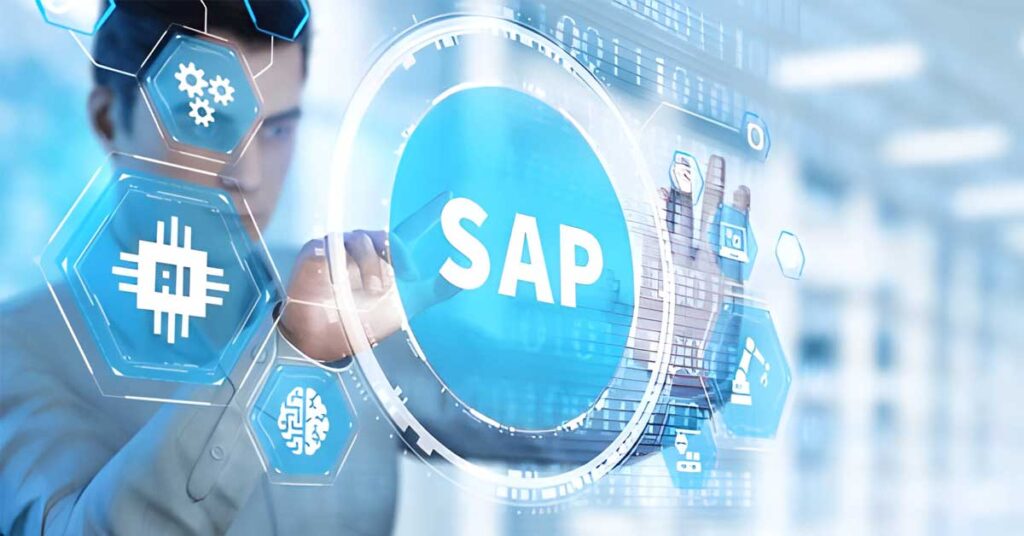Education is evolving rapidly, embracing the power of data to transform the learning experience. With the rise of technology in classrooms, data analytics has become a key player in shaping educational strategies. This approach is not just about collecting numbers; it’s about understanding the stories behind the data to make informed decisions.
Amidst these advancements, students also seek innovative ways to enhance their learning journey. For instance, many are turning to resources like DoMyEssay, a website that writes essays for you. It offers tailored writing assistance and a custom approach. This trend towards personalized educational tools reflects a broader shift in how data is driving smarter decisions in education.
1. Personalizing Learning Experiences with Data
Analyzing student performance metrics allows teachers to pinpoint each student’s unique strengths and areas for improvement. For instance, a teacher may observe that a student shows a strong affinity for visual learning. This knowledge enables educators to tailor their teaching approach, incorporating more visual elements for such learners. Such customization supports various learning preferences and plays a crucial role in keeping students engaged and motivated.
Furthermore, this data can uncover widespread patterns across various classes or academic levels. When educators notice a considerable number of students facing difficulties with certain subjects or concepts, they have the opportunity to alter their teaching strategies or introduce supplementary materials.
2. Enhancing Curriculum Development
Data analytics enables educators to design courses that are not only relevant but also challenging and engaging. Here are a few ways data can shape curriculum design:
- Tracking student performance over time to identify which curriculum areas are most effective.
- Analyzing test scores to determine if specific topics need more in-depth coverage.
- Gathering student feedback on courses to understand their interests and learning preferences.
- Comparing performance across different cohorts to refine and update curriculum content.
- Identifying skills gaps in the job market to align course offerings with future career opportunities.
After analyzing this data, schools and universities can fine-tune their curriculum. This might involve introducing new subjects that align with student interests or current industry trends.
3. Improving Student Retention Rates
Schools can identify students at risk of dropping out early by analyzing data related to student attendance, participation, and academic performance. For instance, consistent low grades or a sudden drop in class participation can be red flags. With this information, educators can intervene early.
Additionally, data analysis can help understand the broader factors affecting student retention. For example, if many students drop out due to financial hardships, the institution might consider offering more scholarships or financial aid. By addressing these issues proactively, schools can improve retention rates and ensure that more students complete their education.
4. Streamlining Administrative Processes
Data analytics isn’t just about enhancing the learning experience; it also streamlines administrative processes. For example, by analyzing application and enrollment data, schools can predict future enrollment trends. This information is vital for resource allocation, such as determining the number of teachers required or planning facility expansions.
Moreover, data can help in optimizing budget allocations. With a detailed past expenditures analysis, institutions can identify areas where they can cut costs without affecting the quality of education.
5. Facilitating Effective Teacher Training
Teacher training is crucial for educational success, and data analytics can significantly enhance this process. Here’s how:
- Identifying specific areas where teachers need more training or support.
- Analyzing student feedback to improve teaching methods.
- Monitoring classroom performance to tailor professional development programs.
- Evaluating the effectiveness of different teaching strategies.
- Gathering data on emerging educational trends to keep teachers up-to-date.
After gathering this information, educational institutions can design targeted professional development programs. These programs can focus on areas like technology integration, innovative teaching methods, or classroom management, ensuring that teachers are well-equipped to meet the challenges of modern education.
6. Enhancing Student Engagement and Participation
Student engagement is key to effective learning, and data analytics can help in boosting this. By analyzing data on student participation in class discussions, group activities, or online forums, educators can identify engagement patterns. For instance, if certain topics generate more discussion, teachers can incorporate similar themes into other parts of the course.
Additionally, data can help in identifying the best times for scheduling classes or activities. For example, if students are more active and responsive in the morning, schools can schedule the most challenging subjects during this time.
7. Supporting Decision-Making with Predictive Analytics
Predictive analytics can be used for various purposes, such as forecasting student performance, identifying potential dropouts, or predicting future enrollment trends. For example, by analyzing past student performance data, educators can predict which students might need additional support in the upcoming year.
Furthermore, predictive analytics can aid in long-term strategic planning. Educational institutions can use this data to make informed decisions about resource allocation, campus expansion, or the introduction of new programs. By anticipating future trends and preparing accordingly, schools and universities can stay ahead of the curve, ensuring their continued relevance.
Final Thoughts
Data analytics in education is a fundamental shift towards a more informed and effective educational system. This data-driven approach provides invaluable insights for educators, administrators, and students. Amidst this technological evolution, resources like the best paper writing service have become essential for students, offering perspectives on tools that can complement their education. The fact that students value them so much is a testament to how data and technology can enhance the learning experience. The goal is to use data to empower educators and students, making education more adaptable, engaging, and successful.
ⓘ LAFFAZ is not responsible for the content of external sites. Users are required to read and abide by our Terms & Conditions.









